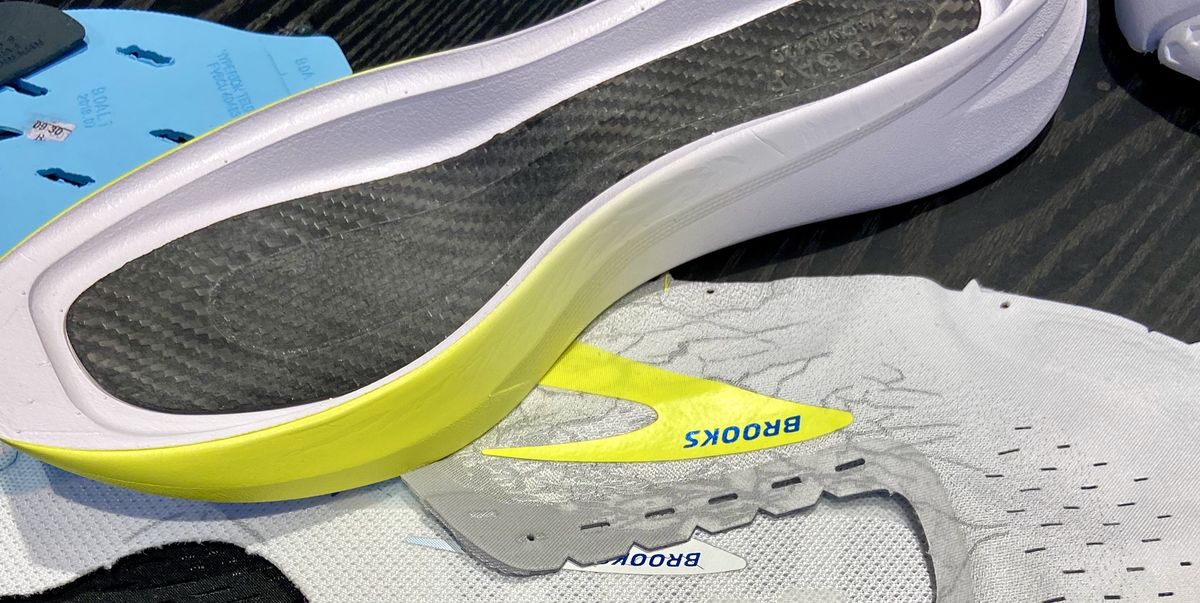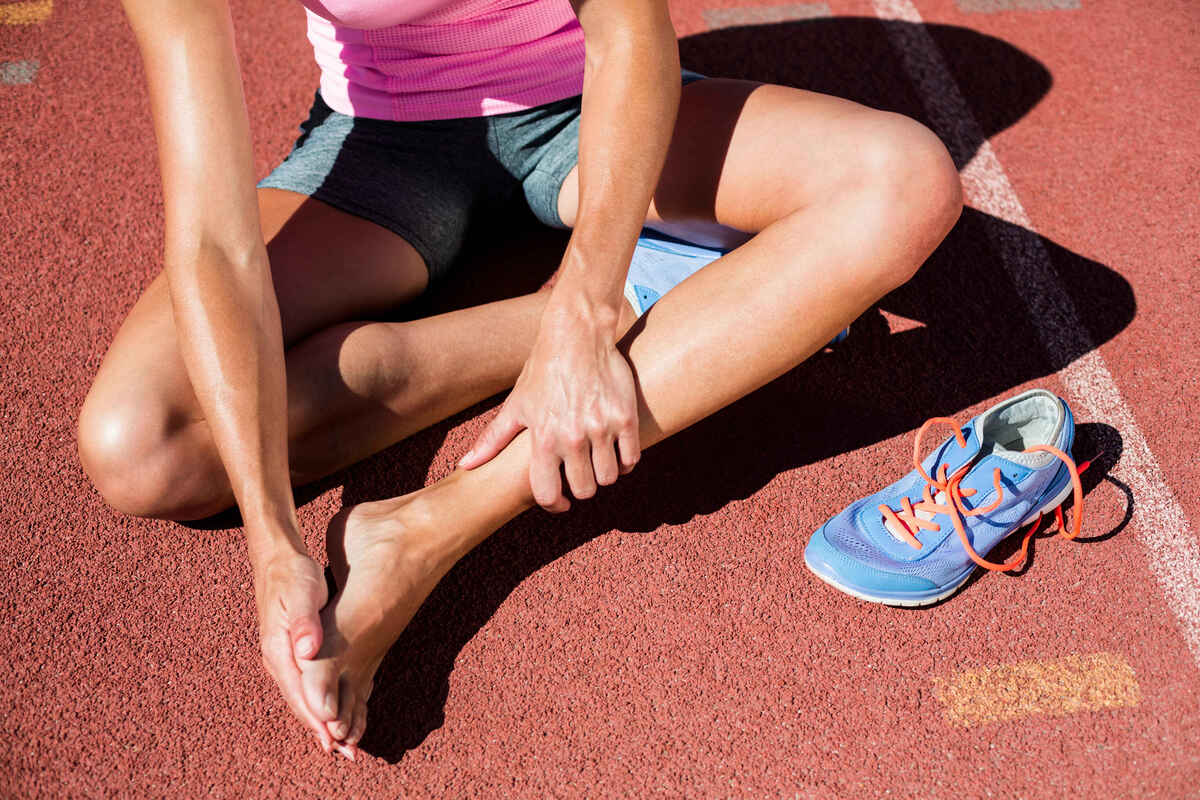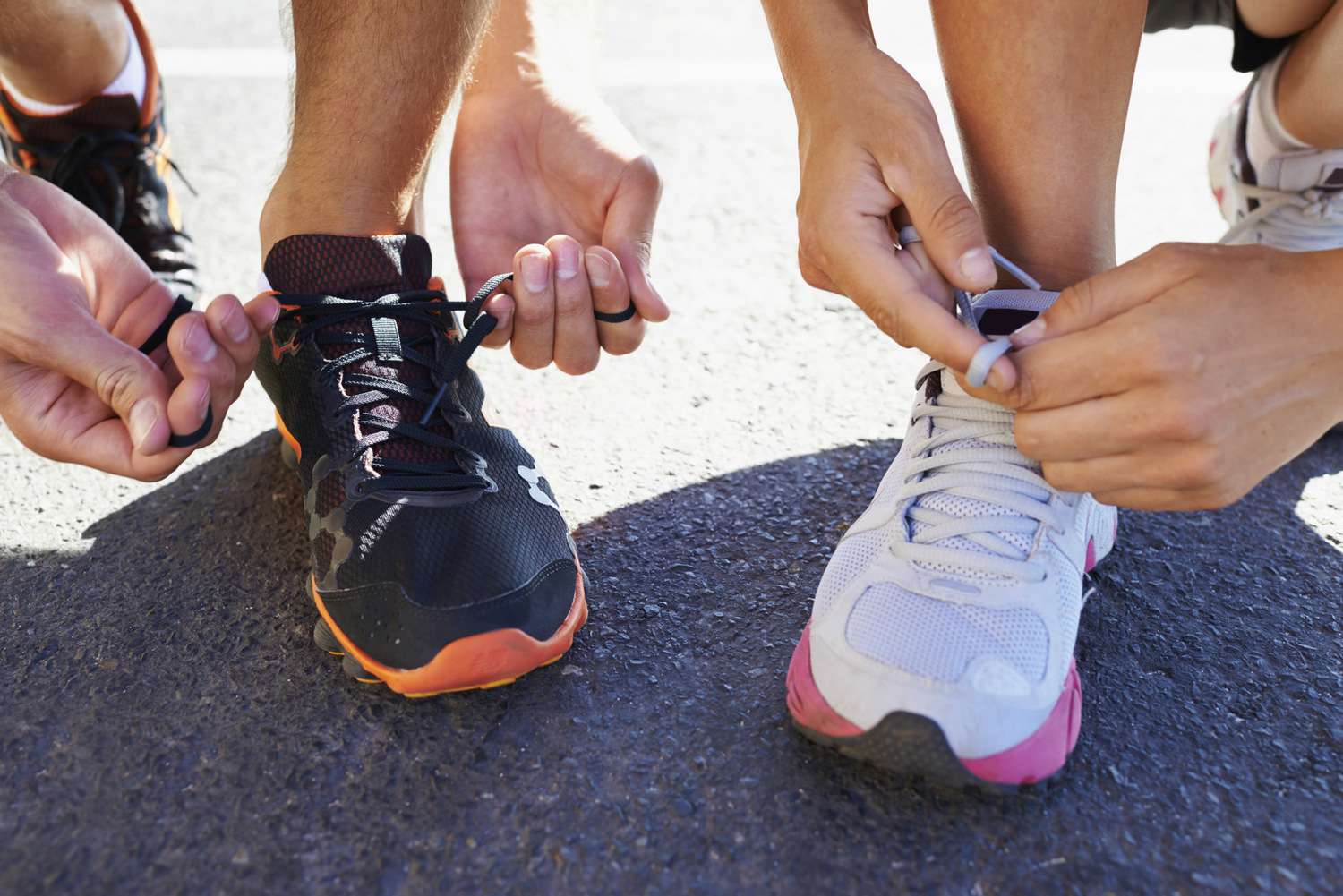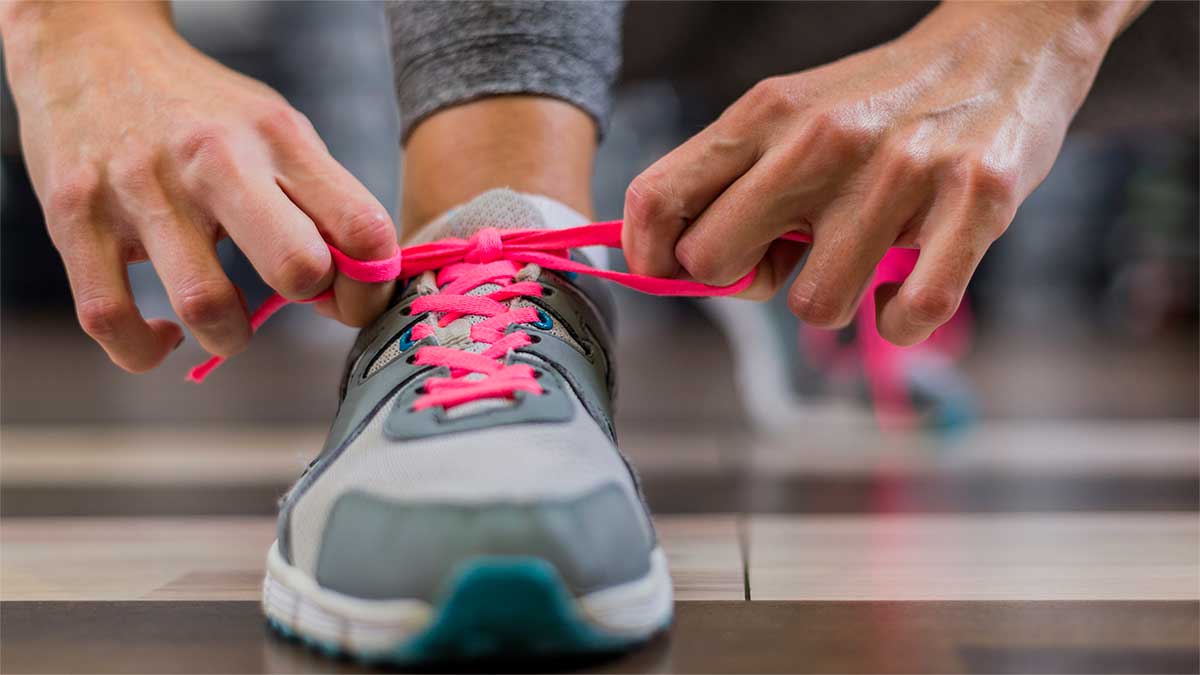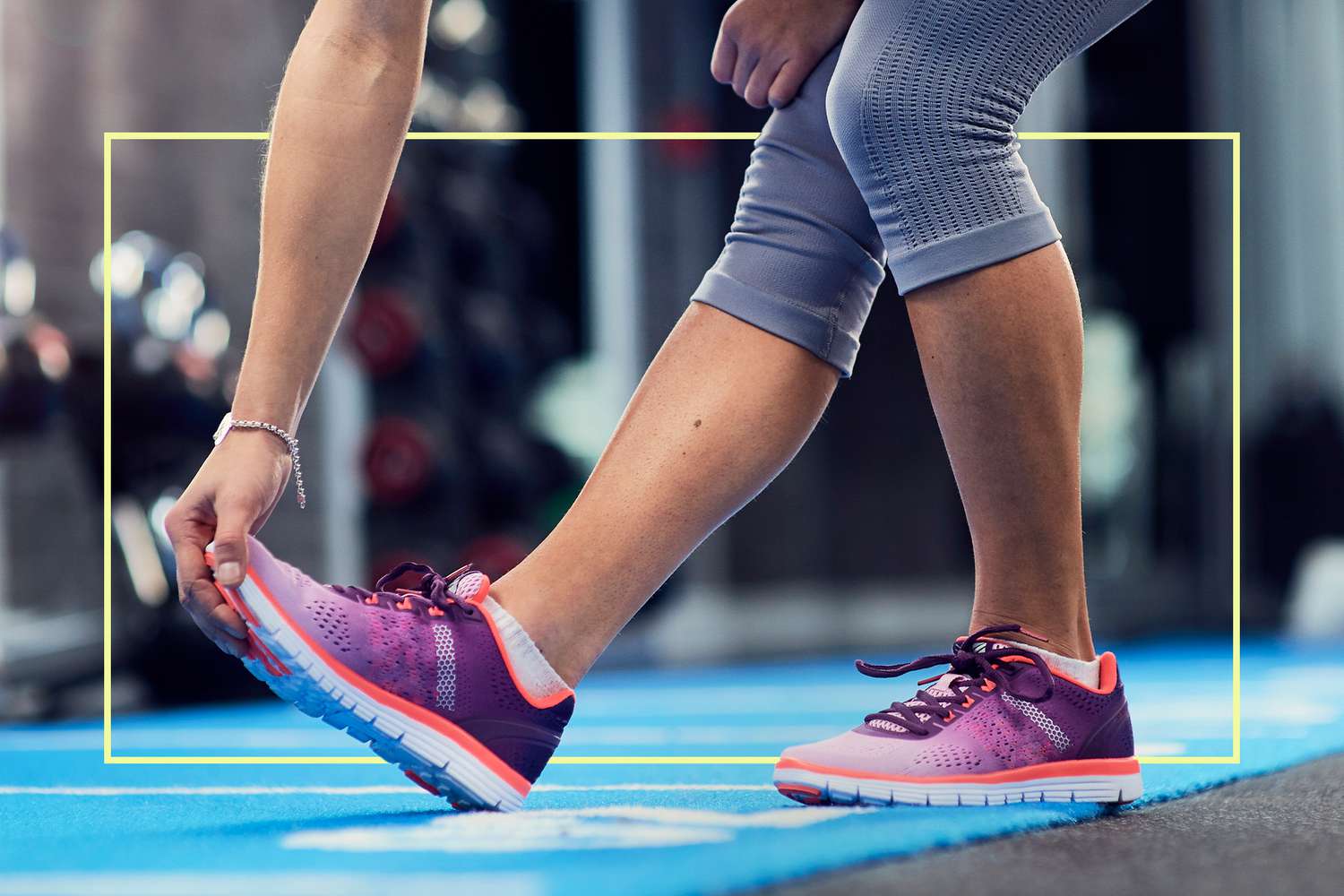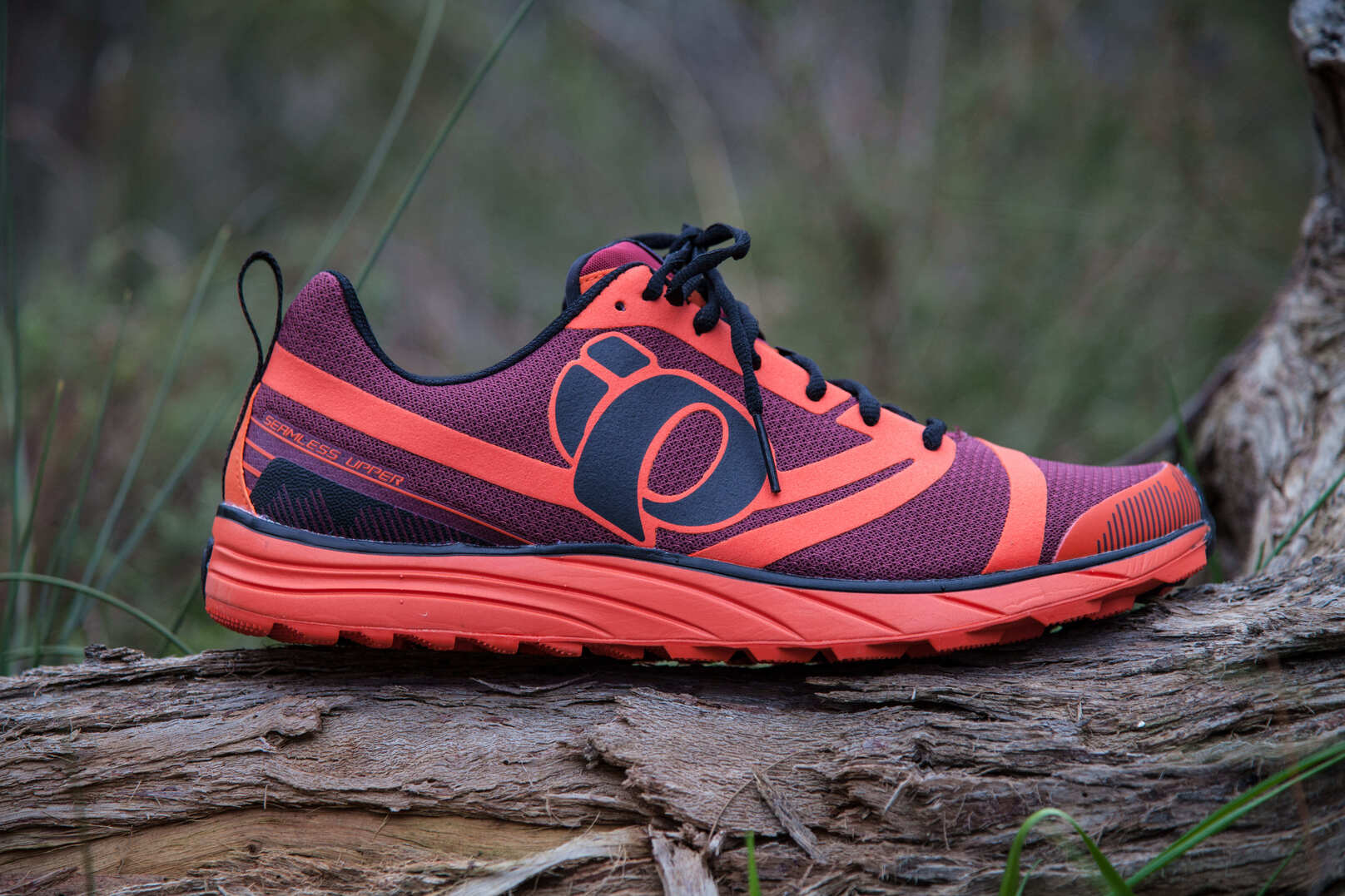Home>Misc>Featured>What Are The Best Running Shoes For Overweight Person
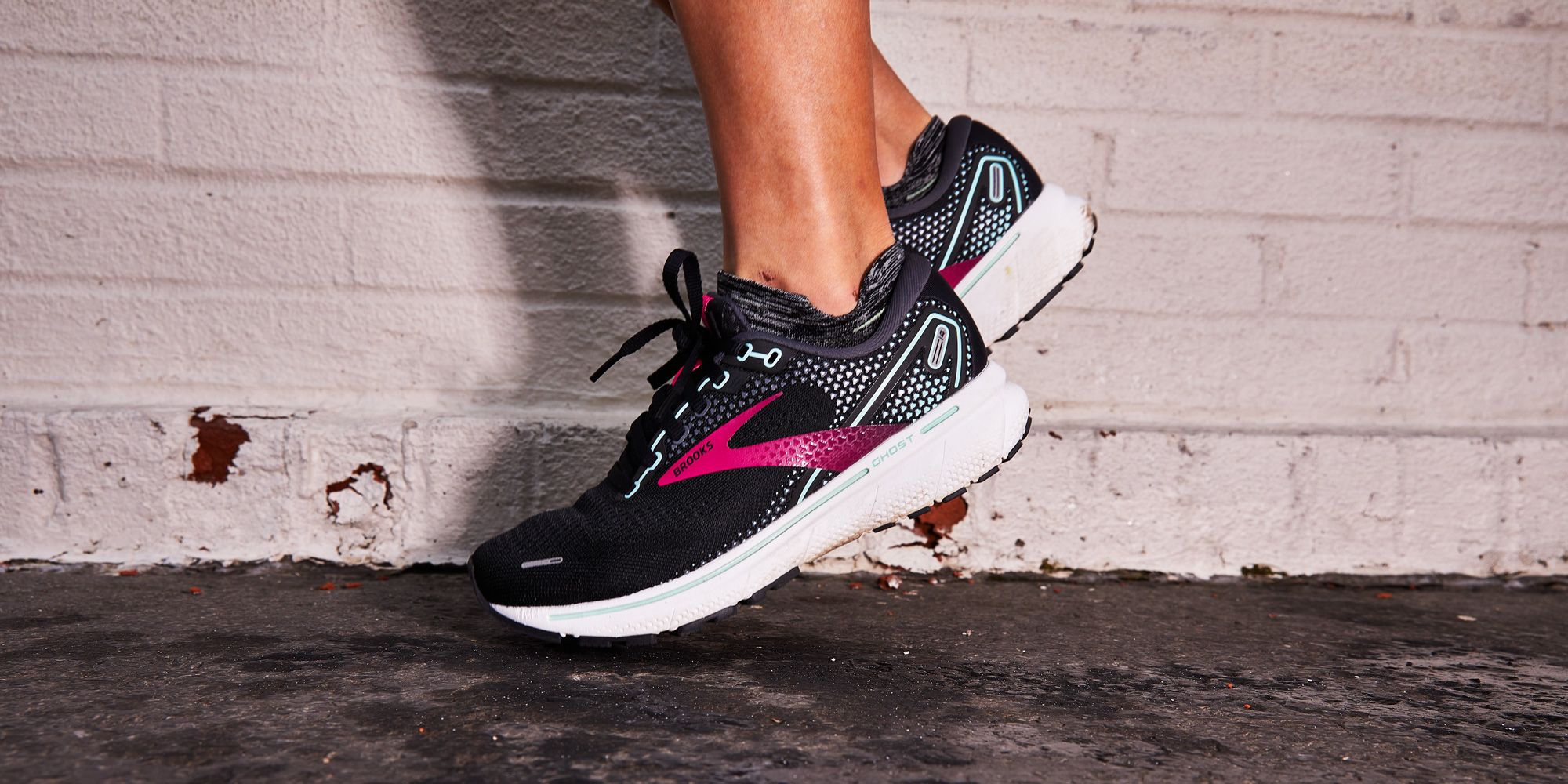

Featured
What Are The Best Running Shoes For Overweight Person
Modified: May 22, 2024
Discover the top featured running shoes for overweight individuals that provide optimal support and comfort, helping you enjoy your runs to the fullest.
Introduction
Running is a fantastic form of exercise that can help improve cardiovascular fitness, promote weight loss, and boost overall health and well-being. However, finding the right running shoes is crucial, especially for overweight individuals.
Running puts extra pressure on the feet, ankles, knees, and hips, and having the proper support and cushioning can significantly reduce the risk of injury and enhance comfort during workouts.
Choosing the best running shoes for overweight individuals requires careful consideration of several factors, including cushioning, support, stability, and durability. This article will explore these considerations in detail and provide recommendations for the top running shoe options available. So, if you are an overweight person looking to embark on a running journey or want to upgrade your current running shoes, read on to find the perfect match for your needs and preferences.
It’s important to note that every individual has unique biomechanics and foot characteristics. What may work well for one person might not be suitable for another. Therefore, it is essential to understand your specific needs and consult with a podiatrist or a specialized running store professional to get personalized advice.
Factors to Consider for Overweight Runners
When selecting running shoes for overweight runners, there are several key factors to keep in mind to ensure optimal comfort, support, and injury prevention. Let’s take a closer look at these factors:
- Cushioning: Adequate cushioning is crucial for overweight runners. It helps absorb the impact of each step and reduces stress on the joints. Look for shoes with ample cushioning in the midsole and heel areas.
- Support: Overweight individuals often require enhanced arch support and stability to prevent overpronation (inward rolling of the foot). Look for shoes with built-in arch support or consider using custom orthotic inserts for added support.
- Stability: Stability features such as a firm midsole and a wider base can help prevent excessive foot movement and provide better stability during the running gait. This is especially important for overweight runners to reduce the risk of ankle and knee injuries.
- Flexibility: While stability is important, the shoes should also offer flexibility at the forefoot to allow for a natural range of motion. Balancing stability and flexibility will help promote a smoother and more efficient stride.
- Toe Box: Look for shoes with a roomy toe box to accommodate the natural swelling of the feet during exercise. A narrow toe box can lead to discomfort, blisters, and other foot problems.
- Weight and Durability: Consider the weight and durability of the shoes. Overweight runners may put more stress on their footwear, so opt for shoes that are designed to withstand heavy use and provide long-lasting support.
By considering these factors, overweight runners can make informed decisions when selecting running shoes that cater to their specific needs. It is crucial to take time to try on different models, walk or run in them, and assess their comfort and fit before making a purchase. This will help ensure that the chosen shoes provide the necessary support and cushioning for a comfortable and enjoyable running experience.
Cushioning and Support Features in Running Shoes
For overweight runners, cushioning and support are two critical factors to consider when choosing running shoes. These features help absorb impact, provide comfort, and reduce the risk of injury. Let’s explore the cushioning and support features found in running shoes:
1. Midsole Cushioning: The midsole is the layer of material between the outsole and the insole. It plays a vital role in shock absorption and cushioning. Look for shoes with ample midsole cushioning made from materials such as EVA foam or gel. These materials provide excellent shock absorption properties and help reduce the strain on joints and muscles.
2. Heel Cushioning: The heel is the part of the foot that impacts the ground first while running. Shoes with extra padding or air pockets at the heel area can help attenuate shock and provide added cushioning. This is particularly important for overweight runners who put more pressure on their heels with each stride.
3. Arch Support: Overpronation (inward rolling of the foot) is common among overweight individuals. Look for shoes that offer adequate arch support to promote more neutral alignment of the foot. Supportive features like medial posts or dual-density midsoles can help control overpronation and provide stability during the running gait.
4. Ankle Support: Some overweight runners may have weakened ankle stability. Shoes with a higher collar or ankle support can provide extra stability and minimize the risk of ankle sprains or twists. However, it’s important to strike a balance, as too much ankle support can restrict natural ankle motion.
5. Insole Cushioning: The insole is the removable insert inside the shoe. Consider using thicker or more cushioned insoles that offer additional comfort and shock absorption. Orthotic inserts can also be beneficial for overweight runners who require more personalized support and cushioning for their feet.
6. Breathability: Running shoes with mesh or breathable upper materials allow for better airflow, keeping the feet cooler and more comfortable during workouts. This is particularly important for overweight runners who may experience increased foot sweating.
Remember that the level of cushioning and support needed may vary from person to person. It’s essential to try on different shoe models, walk or run in them, and assess how they feel. Consulting with a podiatrist or a knowledgeable running store professional can also help guide you towards the shoes that best suit your needs and running style.
Stability Features in Running Shoes
For overweight runners, stability is a crucial consideration when selecting running shoes. Stability features help promote proper foot alignment, control excessive foot movement, and reduce the risk of injuries. Let’s explore some of the key stability features to look for in running shoes:
1. Firm Midsole: A firm midsole provides stability by preventing overpronation, which is common among overweight individuals. Look for shoes with a midsole that offers sufficient rigidity to control excessive inward rolling of the foot. This helps maintain a more neutral alignment, reducing the stress on the muscles and joints.
2. Arch Support: Shoes with built-in arch support help maintain proper foot alignment and balance. Supportive features, such as a medial post or a rigid plate, can provide additional stability in the arch area. This is particularly important for individuals with flat feet or fallen arches.
3. Wide Base: Shoes with a wider base provide a more stable platform for the foot, reducing the risk of ankle sprains or rolls. A broader base helps distribute the body weight more evenly during running and offers better stability during lateral movements.
4. Heel Counter: The heel counter is the part of the shoe that cups the back of the heel. Look for shoes with a firm and structured heel counter that holds the heel in place. This helps prevent excessive side-to-side movement and provides better stability during the running motion.
5. Torsion Stability: Torsion stability refers to the shoe’s ability to resist twisting. Shoes with additional features like a shank or a TPU (thermoplastic polyurethane) midfoot plate can provide increased torsional stability. This feature improves overall foot stability and minimizes the risk of ankle injuries.
6. Outsole Traction: Adequate traction is essential for maintaining stability, especially on various surfaces and weather conditions. Look for running shoes with a durable rubber outsole that offers good traction. Deep lugs or patterned treads can enhance grip and stability during running on uneven or slippery surfaces.
It’s important to note that stability features should be considered alongside other factors, such as cushioning and support. Striking the right balance between stability and cushioning is key for an optimal running experience. As always, it’s recommended to try on different shoe models, assess their feel, and consult with professionals to ensure the chosen shoes cater to your stability needs and running style.
Best Running Shoes for Overweight Persons
When it comes to finding the best running shoes for overweight individuals, there are several models available that excel in cushioning, support, and stability. Here are some top recommendations:
- Brooks Ghost: The Brooks Ghost is a popular choice among overweight runners. It offers excellent cushioning with its DNA LOFT midsole and provides a smooth and responsive ride. The shoe also features a balanced level of stability to support overpronation.
- ASICS Gel-Kayano: ASICS Gel-Kayano is a top-rated running shoe known for its exceptional cushioning and support. The brand’s GEL cushioning technology in the rearfoot and forefoot provides excellent shock absorption. The shoe also offers stability features to help with overpronation.
- New Balance Fresh Foam 1080v11: The New Balance Fresh Foam 1080v11 is a favorite among heavier runners. It features a plush Fresh Foam midsole that offers superior cushioning and comfort. The shoe also provides a secure and stable fit, making it suitable for overweight individuals.
- Hoka One One Bondi: Known for its maximum cushioning, the Hoka One One Bondi is an excellent choice for overweight runners seeking ultimate comfort and impact absorption. The shoe has a wide base for enhanced stability and a rocker design that promotes a smooth stride.
- Brooks Adrenaline GTS: Another popular option from Brooks is the Adrenaline GTS. It combines cushioning, support, and stability to provide a balanced ride for overweight runners. The shoe features the brand’s GuideRails system, which helps prevent excess movement and provides stable support.
Remember, finding the right running shoes is a personal process, and what works for one person may not work for another. It’s essential to try on different models and styles, take them for a test run, and assess the comfort, fit, and support they provide. Additionally, consulting with a professional at a specialized running store or a podiatrist can help ensure you make an informed decision based on your specific needs and running mechanics.
Conclusion
Choosing the right running shoes is crucial for overweight individuals to ensure comfort, support, and injury prevention. By considering factors such as cushioning, support, stability, and durability, you can make an informed decision that caters to your specific needs. Remember, everyone’s feet and running mechanics are unique, so it’s essential to find the shoes that work best for you.
Adequate cushioning is paramount for overweight runners to absorb impact and reduce stress on the joints. Look for shoes with plush midsole cushioning and extra padding in the heel area. Additionally, supporting features like arch support and firm midsoles can help control overpronation and provide stability during running gait.
Stability features are also crucial for overweight individuals. Look for shoes with a firm midsole, wide base, and heel counter that offer support and control excessive foot movement. Torsional stability and outsole traction are important as well to maintain stability on various surfaces.
Several running shoe models cater specifically to overweight runners. Popular options include the Brooks Ghost, ASICS Gel-Kayano, New Balance Fresh Foam 1080v11, Hoka One One Bondi, and Brooks Adrenaline GTS. However, it’s crucial to try on different shoes, consider personal preferences, and consult with professionals to find the perfect fit for you.
Overall, selecting the best running shoes for overweight individuals requires careful consideration and research. Finding the right balance between cushioning, support, and stability will help optimize your running experience, improve comfort, and reduce the risk of injuries. So lace-up those running shoes, hit the pavement, and enjoy the many benefits that running can bring to your health and well-being!
